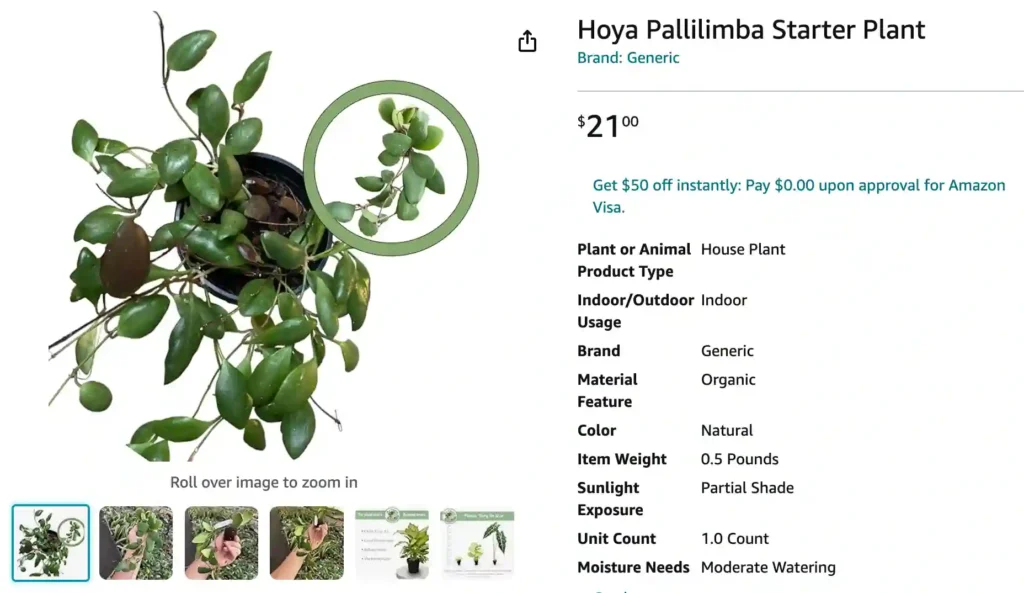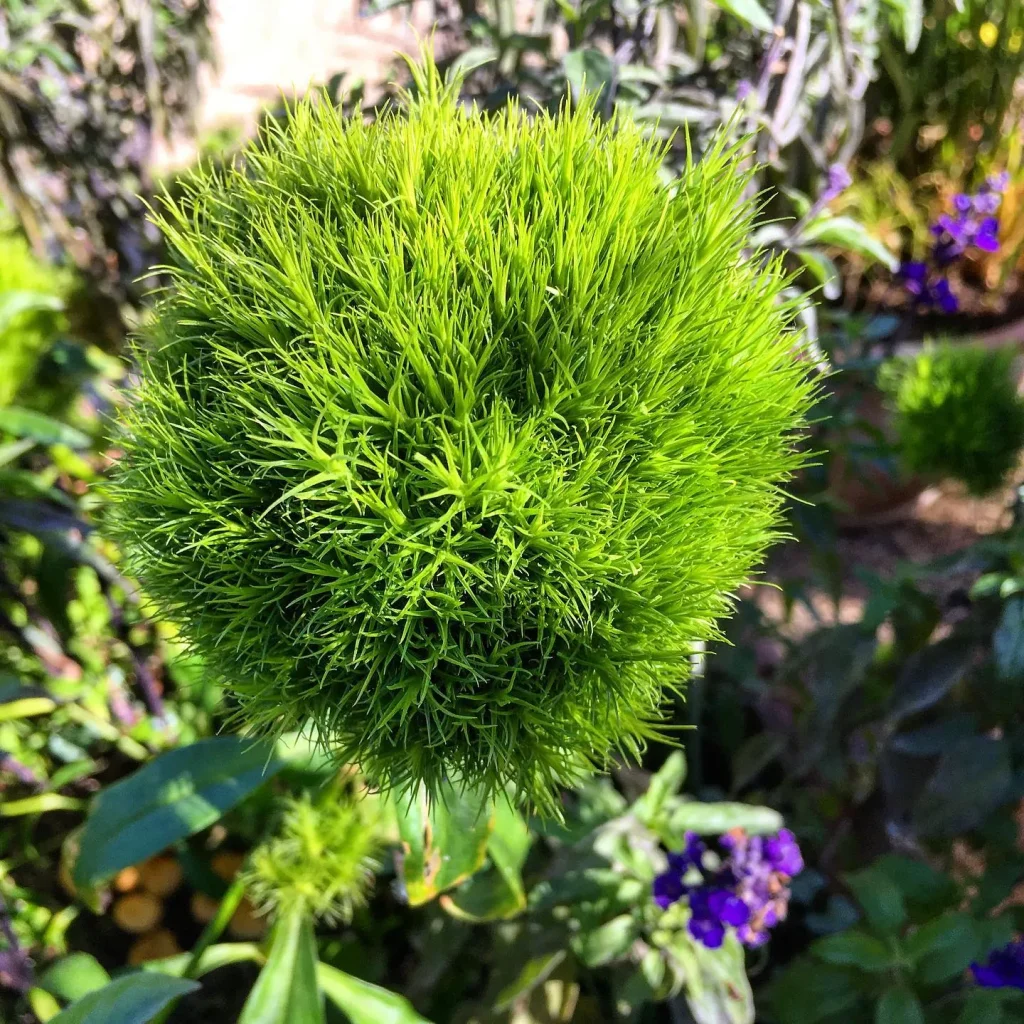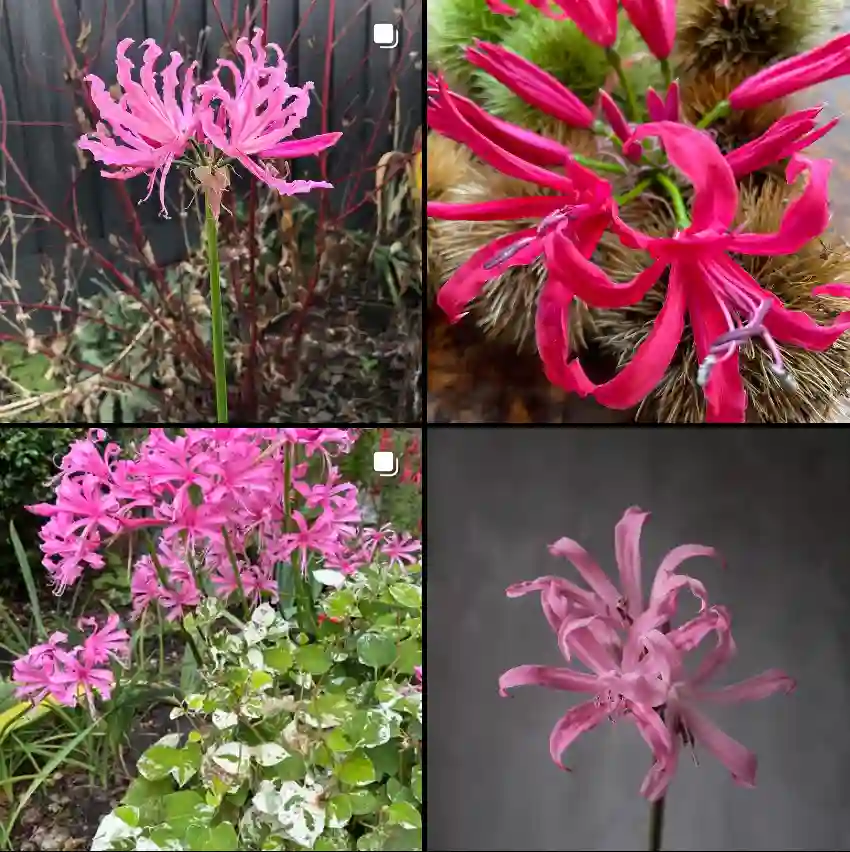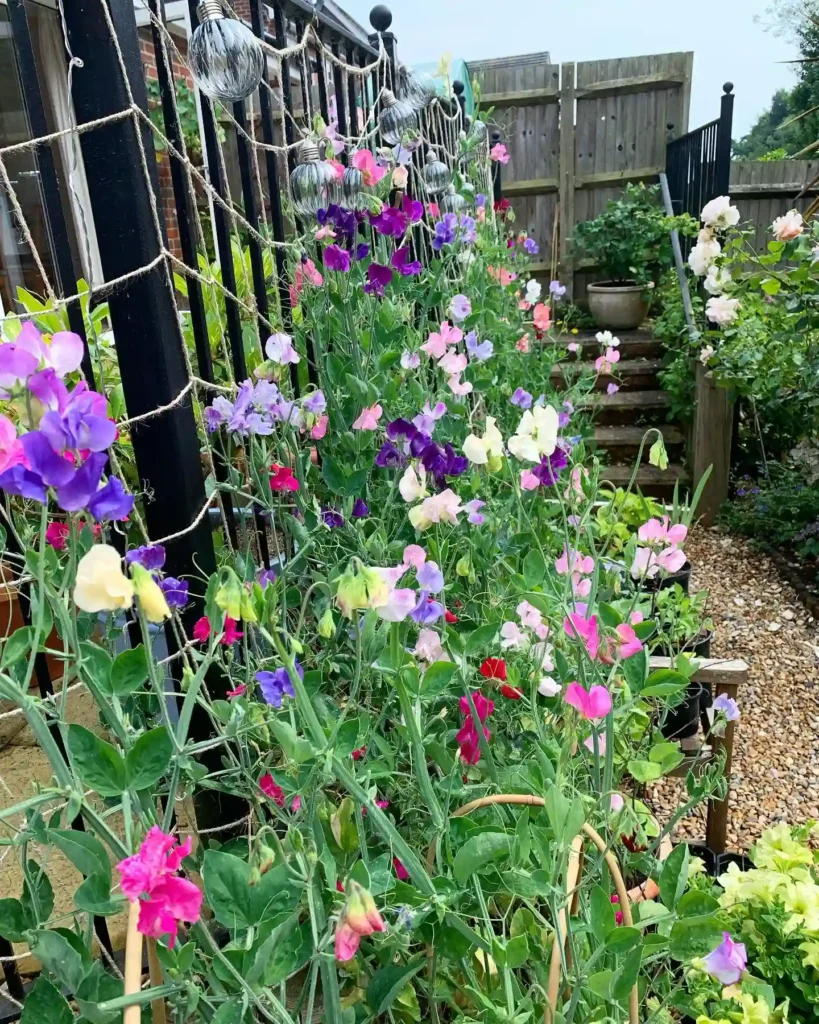
What is Hoya Pallilimba?
Greetings, plant enthusiasts! I’m Ferb Vu, and today we delve into the fascinating world of the Hoya Pallilimba. This unique Hoya species boasts captivating foliage and fragrant blooms, making it a coveted addition to any collection.
Whether you’re a seasoned Hoya aficionado or a curious newcomer, this guide will equip you with the knowledge to cultivate a thriving Hoya Pallilimba.
Discovered in 1994 on the Indonesian island of Sulawesi, the Hoya Pallilimba boasts a captivating history. Initially given the field number 114, it was later rechristened 8864 before finally being classified as Hoya Pallilimba in 2001. This epiphytic wonder thrives in the wild as a myrmecophyte, meaning it has a symbiotic relationship with ants.
566 Species in Genus Hoya
Unpacking the Allure: Leaves and Flowers
The Hoya Pallilimba’s beauty lies in its contrasting features. Its leaves, a soft, light green, are convex and round-elliptic, reminiscent of spoons. This gentle foliage adds a touch of elegance to any indoor space.
While the flowers themselves are small, their reddish hue and delightful fragrance, often described as butterscotch or caramel, pack a punch. The blooms boast a waxy texture and typically last up to 10 days, adding a touch of sweetness to your surroundings.
How to care for Hoya Pallilimba?
Here’s where the magic happens! Let’s explore the essential elements for cultivating a healthy and happy Hoya Pallilimba:
- Light: Unlike some Hoyas that crave bright, indirect sunlight, the Hoya Pallilimba leans towards the shade-loving side. Opt for locations with filtered light or dappled sunlight to avoid scorching its delicate leaves.
- Water: Finding the watering sweet spot is key. The Hoya Pallilimba prefers to dry out slightly between waterings. To gauge this, insert your finger into the soil. If the top inch feels dry, it’s time for a drink. Avoid overwatering, as this can lead to root rot.
- Soil: Well-draining, airy soil is crucial. Opt for a succulent or cactus mix, or create your own by combining potting mix with perlite or orchid bark for optimal drainage.
- Temperature: The Hoya Pallilimba thrives in warm environments, ideally between 24-32°C (75-90°F) during the day and 18-24°C (64-75°F) at night.
- Humidity: While not strictly mandatory, moderate humidity levels can benefit your Hoya Pallilimba, especially during dry spells. Consider misting the plant occasionally or using a pebble tray to create a mini humid environment.
- Fertilization: During its active growing season, a gentle, balanced fertilizer applied once a month can give your Hoya Pallilimba a nutritional boost. However, avoid over-fertilizing, as this can damage its roots.
- Support: The Hoya Pallilimba is a naturally hanging vine, so providing a trellis or moss pole is recommended. This allows it to climb and showcase its cascading beauty.
My Hoya Pallilimba isn’t flowering. What am I doing wrong?
Patience is key! The Hoya Pallilimba needs to reach a certain level of maturity before blooming. Ensure your plant receives adequate light, avoid overwatering, and provide proper fertilization during its growing season. With time and proper care, those fragrant blooms will emerge.
The leaves on my Hoya Palillimba are turning yellow. What’s happening?
Yellowing leaves can point to several issues. Overwatering is a common culprit. Ensure the soil dries out between waterings. Additionally, insufficient light can also contribute to yellowing. If necessary, relocate your plant to a brighter spot with indirect sunlight.
Can I propagate my Hoya Pallilimba?
Absolutely! Stem cuttings are the most common method. Take a healthy stem section with a few nodes, dip the cut end in rooting hormone (optional), and plant it in a well-draining potting mix. Keep the soil moist, but not soggy, and provide warmth and indirect light. With patience, roots will develop, and you’ll have a new Hoya Pallilimba on your hands.
Hoya Pallilimba vs. Hoya Brevialata: A Side-by-Side Comparison
Often confused with its close relative, the Hoya Brevialata, the Hoya Pallilimba has some distinct characteristics:
| Feature | Hoya Pallilimba | Hoya Brevialata |
|---|---|---|
| Leaves | Light green, round-elliptic, convex | Darker green, ovate, flatter |
| Flowers | Reddish hue, star-shaped | Pinkish-purple, bell-shaped |
| Fragrance | Butterscotch or caramel | Sweeter, more intense |
| Sunlight Preference | Shade-loving | Tolerates brighter indirect light |
| Growth Habit | More compact and slower growing | Can be more vigorous and sprawling |
While both Hoyas are stunning additions to any collection, the Hoya Pallilimba offers a unique combination of light green, convex leaves, reddish blooms, and a delightful butterscotch fragrance, making it a standout choice for those seeking a touch of the extraordinary in their indoor jungle.
Beyond the Basics: Additional Tips for Hoya Pallilimba Success
- Repotting: Repot your Hoya Palillimba every 1-2 years or when it outgrows its current pot. Choose a pot with drainage holes slightly larger than the root ball.
- Pests and Diseases: Thankfully, the Hoya Pallilimba is relatively pest and disease resistant. However, keep an eye out for common houseplant pests like mealybugs and scale. You can treat them with insecticidal soap or neem oil.
- Pruning: Pruning your Hoya Pallilimba can encourage bushier growth and promote flowering. Pinch off leggy stems or trim back overgrown areas using sharp, sterilized pruning shears.
With a little TLC and these handy tips, you’ll be well on your way to cultivating a thriving Hoya Pallilimba that will grace your home with its captivating beauty for years to come. Happy planting!
If i die, water my plants!



